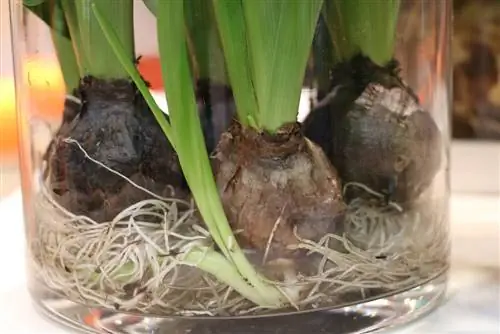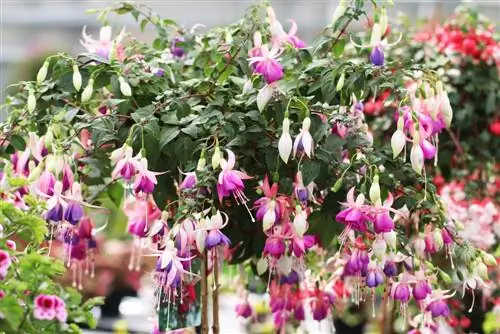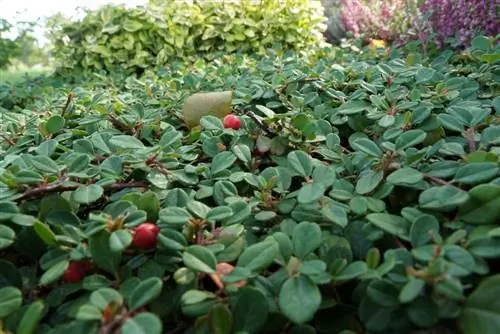- Author admin [email protected].
- Public 2023-12-17 03:39.
- Last modified 2025-01-24 12:45.
The flowering phase varies for each flower, as does the time to cut off the leaves and stems. There are therefore three types of flower bulbs.
There are the early bloomers, which sprout in January and bloom until May, the summer bloomers, which bloom throughout the summer, and the fall bloomers, which, as the name suggests, are in full bloom in the fall. This fact is important for cutting off onion plants in that you know approximately when you can expect the individual plants to bloom and wither.
When is the right time?
The right time to cut off the bulb flowers should definitely be chosen so that those parts of the plant that are above the ground, i.e. leaves, stems, etc., are already wilted and dry.
The leaves can even be brown. Due to the different times in which the individual flowers bloom, there are also different times at which they should be cut off. The early bloomers wilt around May, the summer-blooming bulbs are cut off in the winter and the fall-blooming bulbs are best cut off in the following spring.
If you roughly stick to this schedule, the bulbs will have long enough time to get enough nutrients from the leaves, flowers and stems for extensive flowering next year.
By choosing the right time to cut off the bulb plants, you can look forward to even more beautiful and better blooms next year. If all the leaves and stems are wilted and brown, you can drive over larger beds or onion plants in the meadow with a lawnmower without damaging the tubers. As with cutting, it is important to choose the right time to do it.
Helpful tips and valuable tricks for gardening
Of course, not everyone is happy with the sight of wilted and brown leaves and flowers, but this is necessary to prepare the tubers for next year. There are some tips and tricks that can help you avoid the unsightly sight of plants dying.
One possibility is that the bulbous and tuber plants are planted in pots if possible so that they can be taken away after flowering, for example to a place where not everyone can see the wilted flowers.
Or you can plant the flower bulb behind plants that will sprout later, for example perennials or similar. As soon as the bulb flowers have bloomed, the other plants begin to bloom in front of them, thus covering the withered leaves. You can also cut off the flowers immediately after the flowering phase, but you should leave the leaves on the bulb until there is no more green in them.
The valuable tuber needs to be well looked after and cared for
After cutting off the leaves and stems, you can either leave the flower bulbs in the ground or dig them up. If bulbs have been planted in flower pots, it is advisable to move the pots to a place where frost will not reach them over the winter.
Because temperatures below zero and severe frost can damage the flower bulbs. Onions that remain in the ground can survive icy winters if they are planted correctly and deep enough.
If this happens and you cut off the leaves too early, you may end up with a much smaller number of flowers next year. By leaving the leaves on the tuber until they are completely dry, the nutrients are drawn into the tuber and form the basis for beautiful, magnificent flowers next year.






